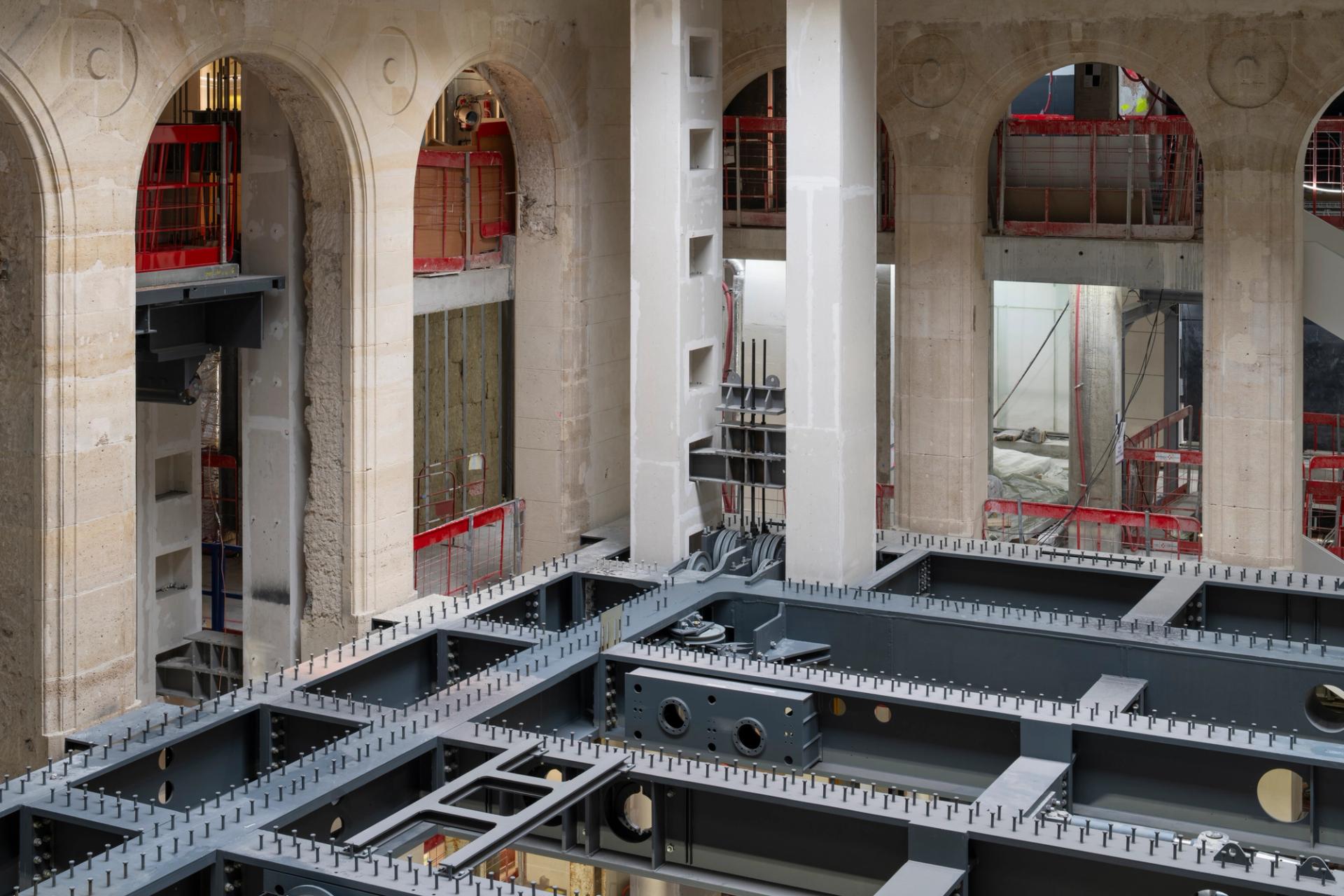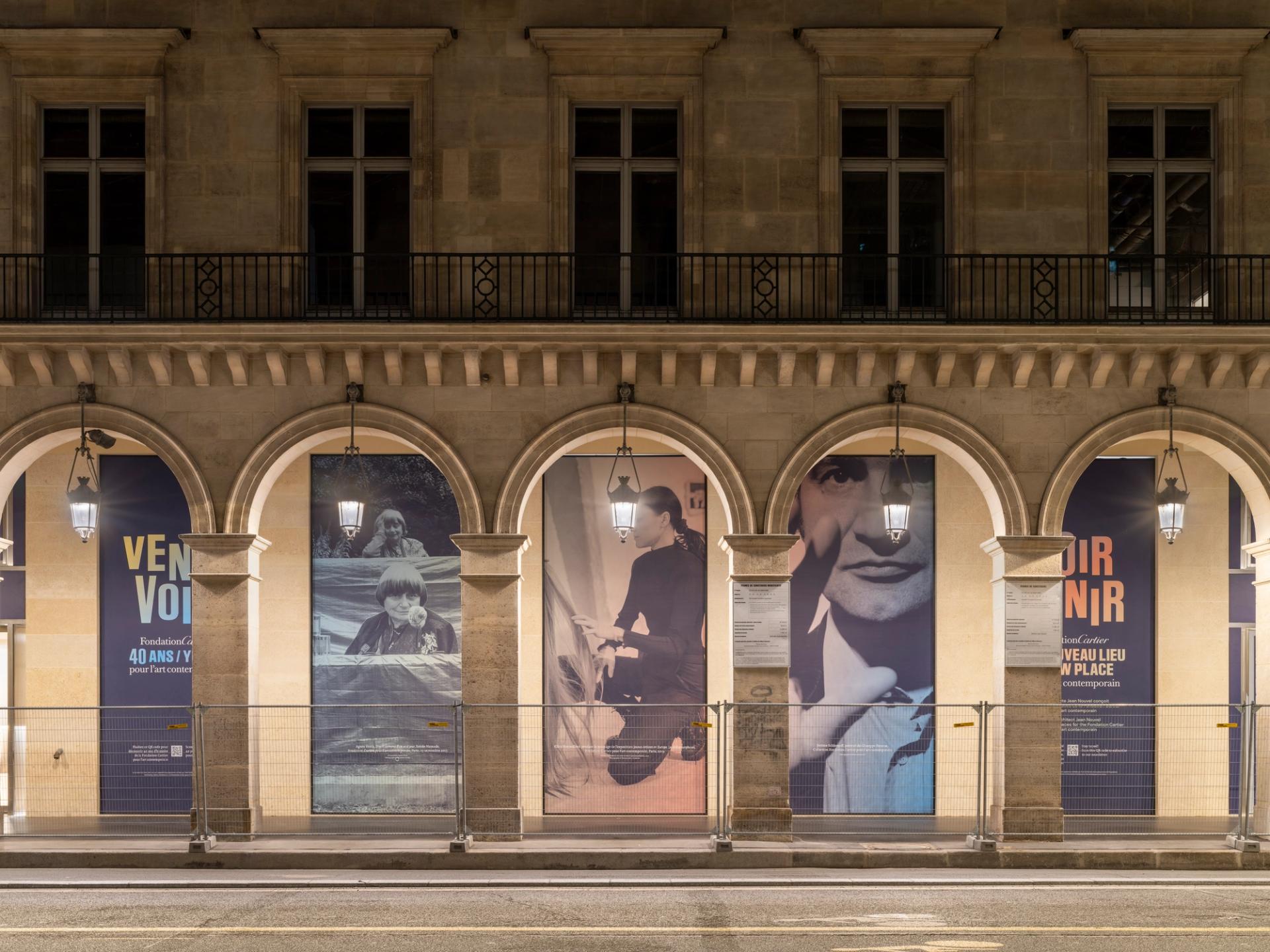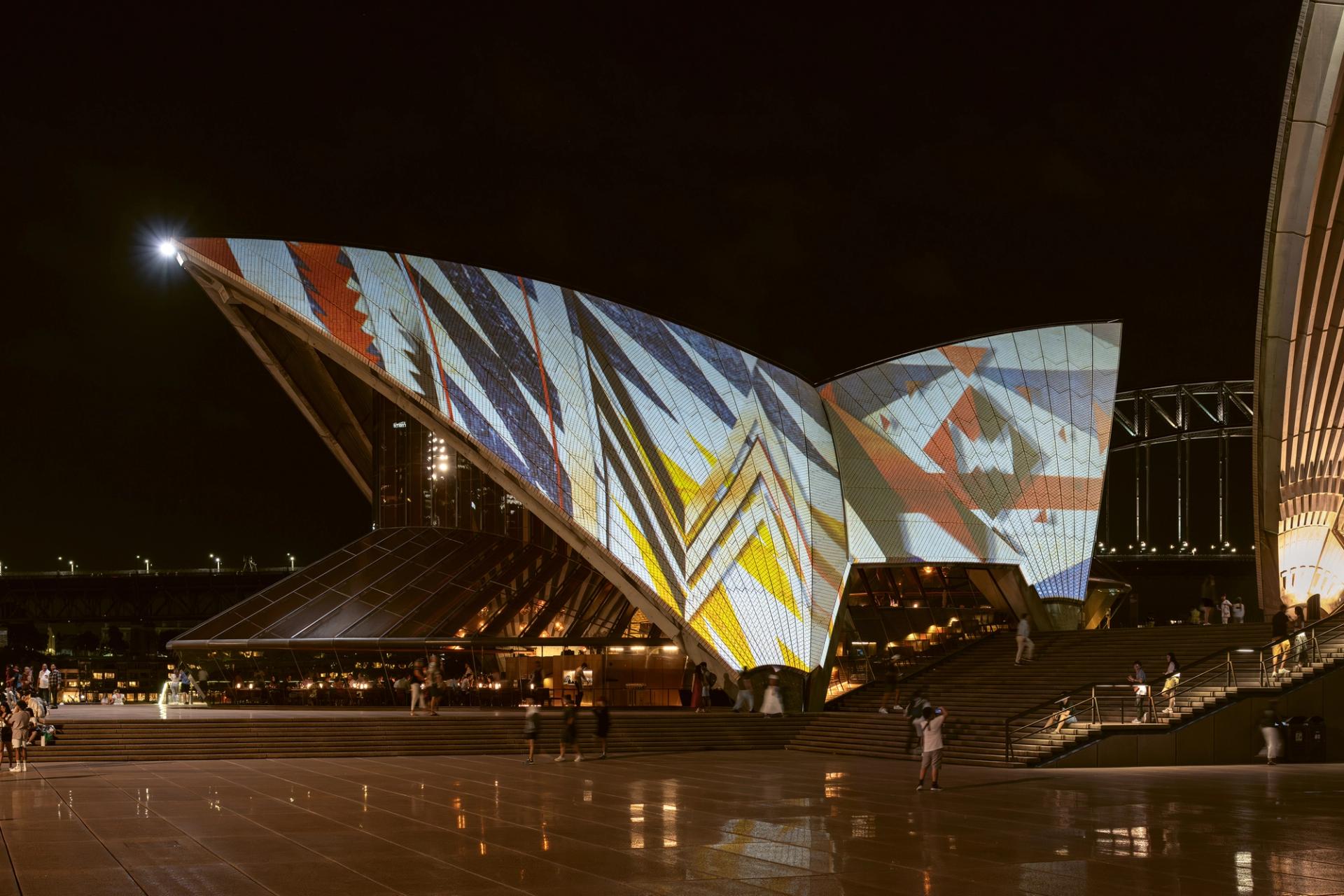Alain Dominique Perrin has high hopes regarding the number of visitors that will come to the new home of the Fondation Cartier pour l’art Contemporain. The vast, highly anticipated new gallery, located at the Place du Palais-Royal, is due to open late 2025.
“We’ll be in front of the Louvre which has about eight to nine million visitors annually. I’ll aim for around 10% [of those] which will be fine. Around a million people will be fine,” says Perrin, the president of the Fondation Cartier, which celebrates its 40th anniversary this month.
The foundation, one of Europe’s most high-profile private sector cultural organisations, revealed last month the architectural plans for its new site in the heart of Paris. The new building, part of the former Louvre des Antiquaires complex, will be reconfigured by the French architect Jean Nouvel, boosting the capital’s burgeoning contemporary art scene.
The cost of transforming the historic site is undisclosed. “The cost is ridiculous—and confidential,” Perrin says. Admission fees will be charged, although prices are yet to be confirmed. Perrin is, however, clear about who will run the new venue. “I will leave it to Chris [Dercon], he's the new managing director. I said to him, ‘don't interfere in the 40th anniversary. After that I give you freedom’. He will still report to me and have curatorial input.”
Transforming the space
The new building encompasses five “mobile platforms” which can be modified. “Their positioning enables the creation of layered vertical spaces which can reach up to 11 metres high,” says a project statement. More than 1,000 sq. m of walkways will overlook the platform areas; the flexibility of the space was evident during a site visit with extensive construction work underway.

Building site view of the Fondation Cartier pour l’art contemporain’s future premises, place du Palais-Royal, Paris. View of platform one in construction Photo © Martin Argyroglo
One of the most dramatic aspects is the sight line running from one end of the cavernous building to the other. These are complemented by the large bay windows in the building look out onto some of the capital’s most important historical thoroughfares such as the Rue Saint-Honoré.
“It’s a listed building—Nouvel could transform the inside but won’t touch the outside. What excites me the most about the man is that he's very loyal. What he's doing now is a huge risk because maybe it works, maybe it doesn't work,” Perrin adds.
Nouvel says in a statement: “Within this architecture, of which only the typically 19th-century facade and a handful of structural elements have been preserved, an industrial cathedral of rare mass and immense scope is found. It exudes a strong expression of power. Its five steel platforms, with visible elements of their mobility, wholly contrast with the external Hausmannian architecture.”
The new venue covers 8,500 sq. m accessible to the public, with 6,500 sq. m of exhibition space, housing a library, auditorium and a restaurant. “There will be different programming because it's much bigger. The platforms will give us millions of solutions,” Perrin says. “From the outset, people will rush in to see the building.”
Nouvel designed the Fondation Cartier’s current home, the glass and steel building on the Boulevard Raspail in Montparnasse which opened in 1994. A spokesperson says that “the Fondation Cartier will leave Boulevard Raspail and move to Palais-Royal once it opens”. Future tenants are yet to be confirmed.
As part of the Fondation Cartier’s 40th anniversary year, visitors to the Place du Palais-Royal can see portraits of artists emblazoned across the windows, such as Agnès Varda, Claudia Andujar and Ron Mueck, who have worked with the Fondation Cartier. “The [first exhibition] will be a big selection drawn from our collection. We have 4,500 works. We will show probably 500 of the best. We might exhibit [another] 500 and another 500 and another 500. This is not fixed yet,” Perrin explains.

Artists emblazoned across the windows of the new space include Agnès Varda, Claudia Andujar and Ron Mueck
Photo © Martin Argyroglo
Artists represented in the collection include Chéri Samba, Nan Goldin, Malick Sidibé, Sarah Sze and Raymond Depardon. Works by key artists such as Varda, Ian Hamilton Finlay and Giuseppe Penone are located in the Boulevard Raspail garden which is popular with visitors. “It’s very sad [to leave the garden], but we will take one or two works. The garden itself, which is a nice work, will remain.” So why leave the landmark building? “This is not outside Paris but this is not completely inside Paris.”
A radical separation
The Fondation Cartier opened in Jouy-en-Josas in the Île-de-France region in October 1984, then headed by Marie-Claude Beaud with Perrin as president. Perrin insists that there is a “radical separation” between the Fondation Cartier’s activities and the commercial development of Maison Cartier, stressing also that “from its creation, the Fondation Cartier pour l’art contemporain has based its activity around some major principles”.
He reiterates the foundation’s ideals in a statement: “The first [principle] is the central position granted to artists and artistic production, including artists already known to the general public as well as emerging figures. The second is the focus on transversality: the Fondation Cartier is a space dedicated to all forms of creation, from painting to photography, architecture to film, design to fashion, and more.”
Perrin says: “We are here to help and serve contemporary artists. That's it. And they cannot get mixed up with our [corporate] work. They're not allowed to make lighters or watches. We don't ask them to create anything for us [Cartier]. It's not what we expect. It’s different from many other foundations.”
The production aspect is key as the foundation regularly commissions ambitious pieces. “We ask the artists to exhibit here; they exhibit the works that we commission. We become the producer of the artist. We are ready to make an exhibition with new stuff and we buy what they show.
“We buy sometimes the whole show if it's not too big or too expensive; we buy sometimes one or two or three works. For example, the artists from the Yanomami community from Brazil recently showed works in several exhibitions here and we bought everything,” says Perrin. The foundation has only ever sold two undisclosed pieces and all proceeds benefited the organisation, says a spokesperson.
Forty years ago Perrin had the idea of creating a foundation that would protect French artists all around the world, with the help of lawyers hired to undertake effective legal action. “The idea was simple: I wanted to provide artists with the financial and legal means to protect their name and their work, at no cost to them,” he said previously.

A 2024 project saw Celestial by Nikau Hindin and Badu Gili projected on the sails of the Sydndey Opera House
Photograph © Mark Pokorny
The artist César confided in him though that the most important thing for him, and artists in general, was not to be protected or defended by lawyers, but to find the money to create and places to exhibit. “According to him, getting exhibitions in public institutions took too long; he wanted it to go faster,” Perrin says.
Crucially Perrin also changed the philanthropy landscape in the late 1980s by submitting a report to the then culture minister François Léotard on how corporate art sponsorship could be developed in France.
“Early 1987, Édouard Balladur—minister of the economy, finance, and privatisation—took the subject seriously and appointed a commission, led by Georges Pébereau, responsible for making the fiscal aspect of my proposals viable. We collaborated to give birth to the definitive corporate philanthropy project, and in July 1987, the Léotard Law on sponsorship was adopted in Parliament by a very strong majority,” he explains.
A mecca for art foundations
Others have followed Cartier’s lead and in recent years, Paris has become a mecca for private art foundations. Bernard Arnault, the owner of the LVMH luxury goods conglomerate and the founder of the Fondation Louis Vuitton in Paris, opened his contemporary art museum in the Bois de Boulogne in 2014. Meanwhile the billionaire collector François Pinault expanded his art empire by launching his Bourse de Commerce museum in the city in 2021.
Earlier this year an open letter overseen by the Paris-based gallerist Daniel Templon called for the French government to halt the planned closure of the Centre Pompidou, which is due to close for a five-year period for renovations from 2025. The letter states that “the brand risks disappearing, how long will it then take for it to be reborn?”. Crucially, the letter also called into question the dominance of private art foundations in the capital.
Perrin says: “Templon is right to be worried about the Centre Pompidou [closing for five years]. But the Pompidou is not a private foundation. So what does it mean? The art world, which had been in the hands of governments for about 400 years, was broke.
“They need our money [from the foundations] and our expertise. Our money goes to the art and to the artists. Our efficiency as a private company is not to be compared with the government’s efficiency. We have pushed museums like the Centre Pompidou; we work at a different speed as a private company.”
So, is he daunted by the new move? “I have to keep on leading the way and where we are going now will make us not just the oldest, but the biggest [contemporary art foundation in Europe]. It’s a new challenge, I love it.”


